“Zinc Nitrate 500gm” has been added to your cart. View cart
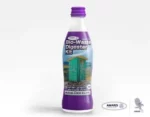
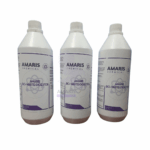
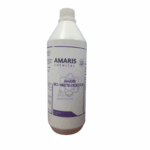
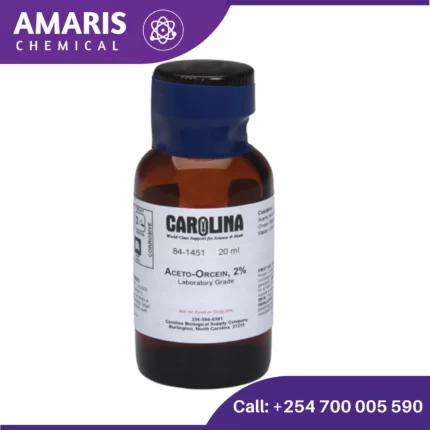
Aceto Orcein
KSh2,100.00 Original price was: KSh2,100.00.KSh2,000.00Current price is: KSh2,000.00.
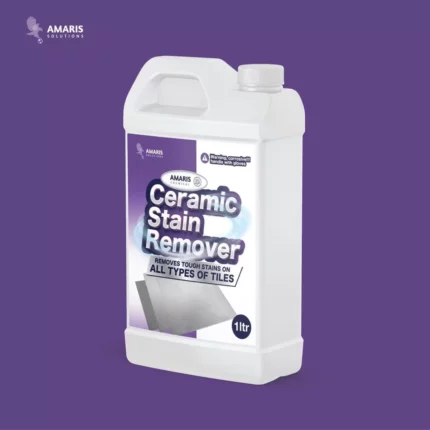
Ceramic Stain Remover(1 Litre)
KSh3,000.00 Original price was: KSh3,000.00.KSh2,200.00Current price is: KSh2,200.00.
Bio-Waste Digester Kit (1 Liter)
KSh1,200.00 Original price was: KSh1,200.00.KSh1,000.00Current price is: KSh1,000.00.
SKU:
ACS93288CHEM0
Category: Wastewater Treatment Chemicals
Reviews (0)
Be the first to review “Bio-Waste Digester Kit (1 Liter)” Cancel reply
Shipping & Delivery
Related products
Sodalime with indicator 500gm
Sodalime with an indicator is a substance often used in medical and laboratory settings, primarily for the absorption of carbon dioxide (CO₂) and certain other acidic gases. The indicator in sodalime serves a crucial function by visually signaling when the sodalime has been exhausted and can no longer effectively absorb CO₂. Here’s a detailed look at its components, functionality, and use:
Components of Sodalime
- Sodium Hydroxide (NaOH) and Potassium Hydroxide (KOH): These strong bases are the active components that react with CO₂ to form carbonates and water.
- Calcium Hydroxide (Ca(OH)₂): This provides a medium in which the reaction takes place and also participates in the CO₂ absorption process.
- Water (H₂O): Necessary for the chemical reaction.
- Indicator Dye: Changes color based on the pH level, signaling when the sodalime is no longer effective.
Chemical Reaction
The primary reaction for CO₂ absorption can be summarized as: CO2+H2O→H2CO3text{CO}_2 + text{H}_2text{O} rightarrow text{H}_2text{CO}_3CO2+H2O→H2CO3 H2CO3+2NaOH→Na2CO3+2H2Otext{H}_2text{CO}_3 + 2text{NaOH} rightarrow text{Na}_2text{CO}_3 + 2text{H}_2text{O}H2CO3+2NaOH→Na2CO3+2H2O Secondary reactions may involve calcium hydroxide: Na2CO3+Ca(OH)2→2NaOH+CaCO3text{Na}_2text{CO}_3 + text{Ca(OH)}_2 rightarrow 2text{NaOH} + text{CaCO}_3Na2CO3+Ca(OH)2→2NaOH+CaCO3Sodium Metal 100gm
Chemical Formula: Na
Appearance: Sodium metal is a soft, silvery-white, highly reactive metal. It is shiny when freshly cut but tarnishes rapidly in air due to oxidation.
Physical Properties:
- Atomic Number: 11
- Density: 0.97 g/cm³ at 20°C
- Melting Point: 97.79°C (207.02°F)
- Boiling Point: 883°C (1621°F)
- Hardness: Sodium is soft enough to be cut with a knife.
- Reactivity: Sodium is highly reactive, especially with water, producing sodium hydroxide and hydrogen gas. This reaction is exothermic and can be explosive. 2Na+2H2O→2NaOH+H22Na + 2H_2O → 2NaOH + H_22Na+2H2O→2NaOH+H2
- Oxidation: In air, sodium rapidly oxidizes, forming a layer of sodium oxide (Na_2O).
Sodium Sulphate Anhydrous 500g
Sodium sulfate anhydrous, also known as anhydrous sodium sulfate or disodium sulfate, is a chemical compound with the formula Na2SO4. It is a white, crystalline powder that is soluble in water.
Here are some key properties of sodium sulfate anhydrous:
- Chemical formula: Na2SO4
- Appearance: White, crystalline powder
- Odor: Odorless
- Solubility: Soluble in water, insoluble in most organic solvents
- Melting point: 884 °C (1623 °F)
- Boiling point: 1400 °C (2552 °F)
- Hygroscopic: Yes (absorbs moisture from the air)
Sodium Thiosulphate Pentahydrate
Analytical Reagents, Disinfectants and Biocides, Excipients, Leaching Agents, Wastewater Treatment Chemicals
Sodium thiosulfate (Na2S2O3) is an inorganic compound that is commonly used as a photographic fixer, as well as in medical and industrial applications. It is a white crystalline powder that is soluble in water and has a mild odor. In photography, sodium thiosulfate is used to remove unexposed silver halide from photographic prints and negatives, making the image permanent. In medicine, it is used as an antidote for cyanide poisoning, and in industrial applications, it is used as a reducing agent, a dechlorinating agent, and in water treatment processes.
Zinc Carbonate 500gm
Analytical Reagents, Antioxidants, Catalysts, Excipients, Fertilizers, Wastewater Treatment Chemicals
Zinc carbonate (ZnCO₃) is a white, odorless powder that occurs naturally as the mineral smithsonite. It’s used in various applications including as a pigment in paints, a filler in rubber, and as a dietary supplement. Chemically, it's known for its ability to decompose upon heating to release carbon dioxide and zinc oxide. In the medical field, it's employed in topical preparations to treat skin conditions. Overall, zinc carbonate is valued for its versatility and effectiveness across different uses.
Zinc Chloride 500gm
Zinc chloride (ZnCl₂) is a white crystalline solid that is highly soluble in water. It is hygroscopic, meaning it can absorb moisture from the air. Zinc chloride is commonly used in various industrial applications, such as a flux for soldering, a catalyst in organic synthesis, and a wood preservative. It also has uses in textile processing, chemical synthesis, and as a disinfectant. Due to its ability to dissolve in water and its caustic nature, it should be handled with care, using appropriate safety measures.
Zinc Nitrate 500gm
Zinc Oxide 500gm
Analytical Reagents, Antioxidants, Electronic Chemicals, Excipients, Nutrient Supplements, UV Filters, Wastewater Treatment Chemicals
Zinc oxide is a versatile, inorganic compound often used in various applications. It appears as a white, powdery substance and is known for its numerous benefits. In cosmetics and skincare, it's favored for its ability to provide a protective barrier against UV rays, making it a common ingredient in sunscreens and lotions. Additionally, zinc oxide has antimicrobial properties, which makes it useful in treating minor skin irritations and rashes. In the industrial sector, it's used in rubber production, ceramics, and as a pigment in paints. Overall, it's valued for its protective, soothing, and functional properties.

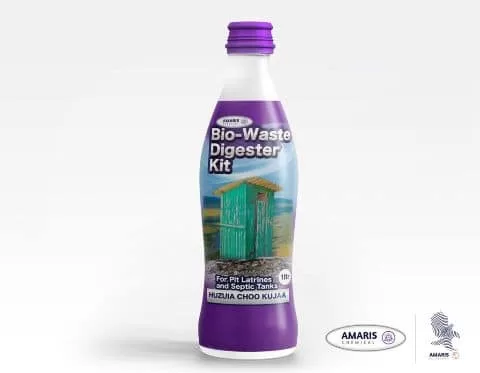
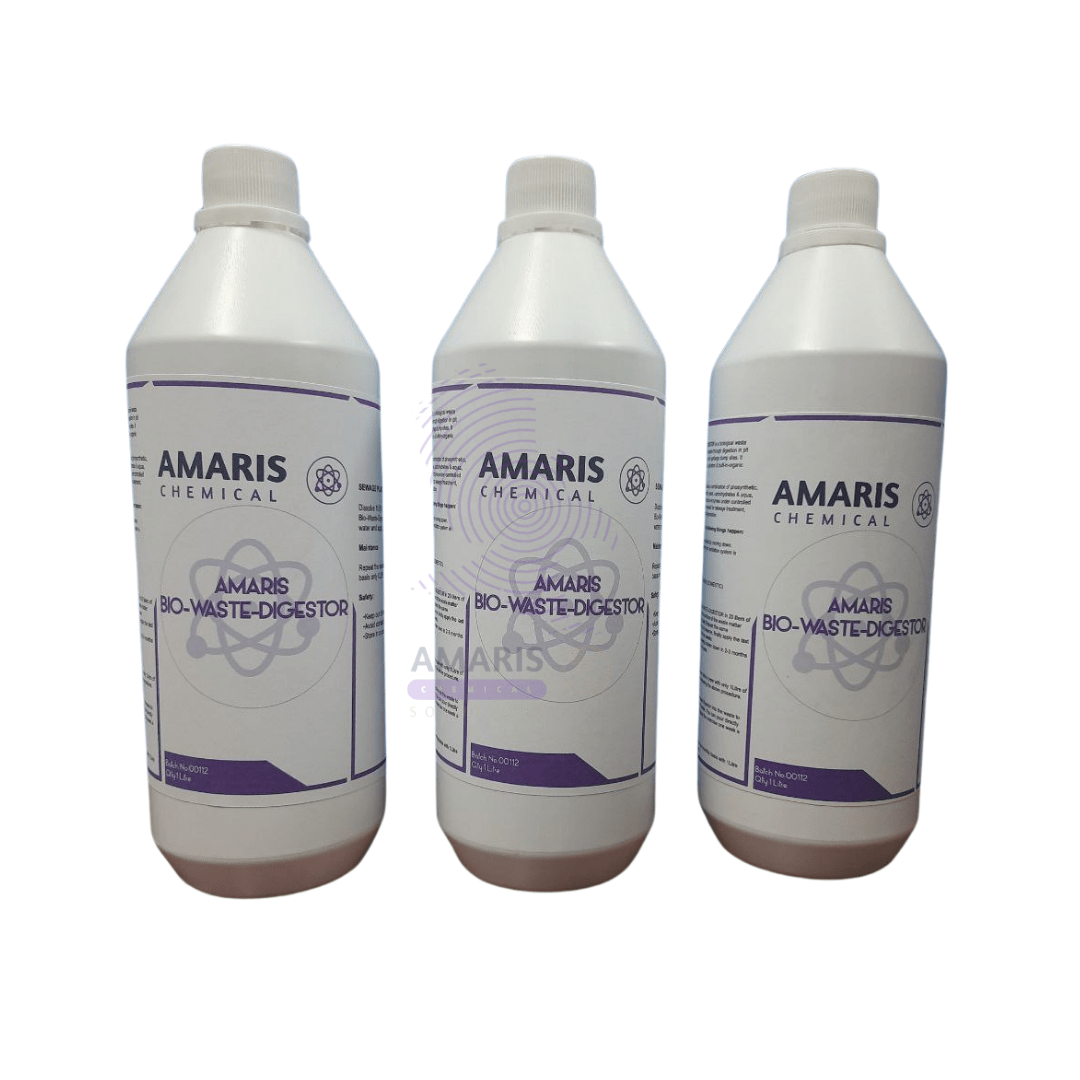

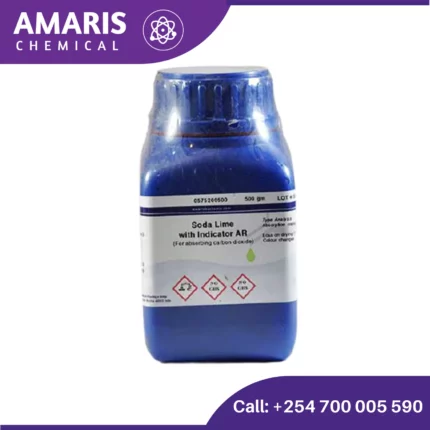
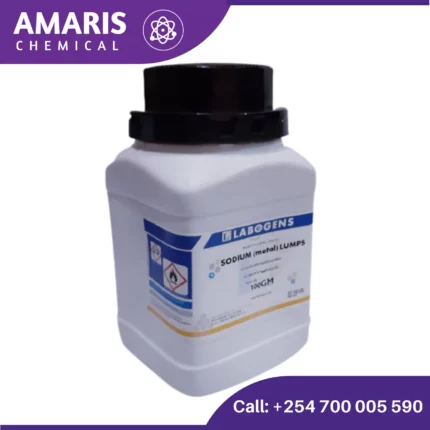
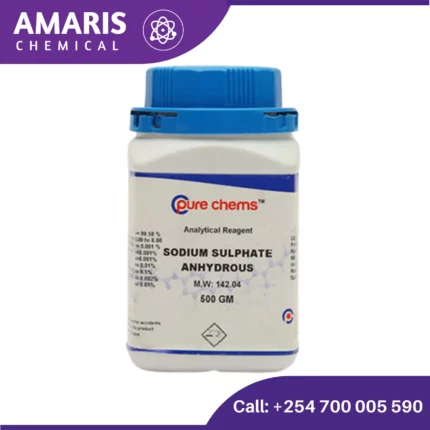
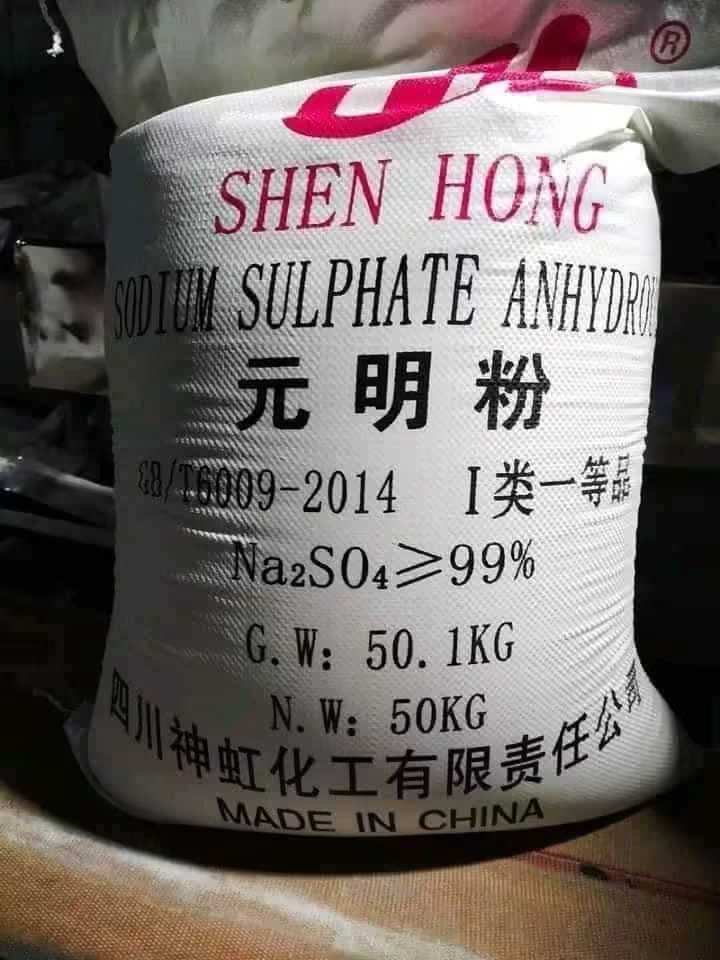
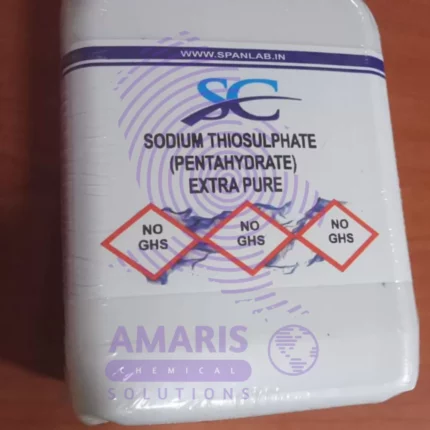
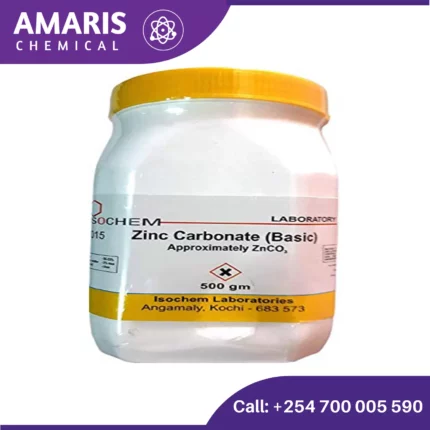

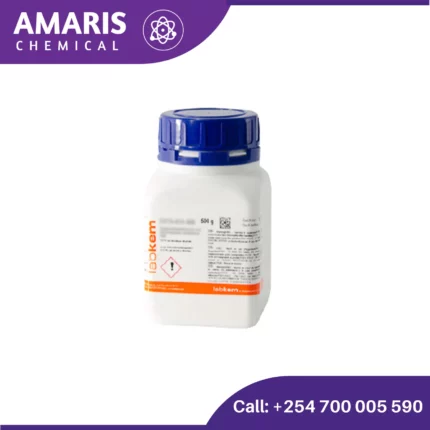
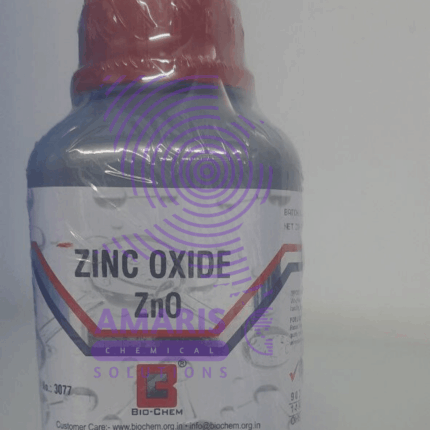







Reviews
There are no reviews yet.